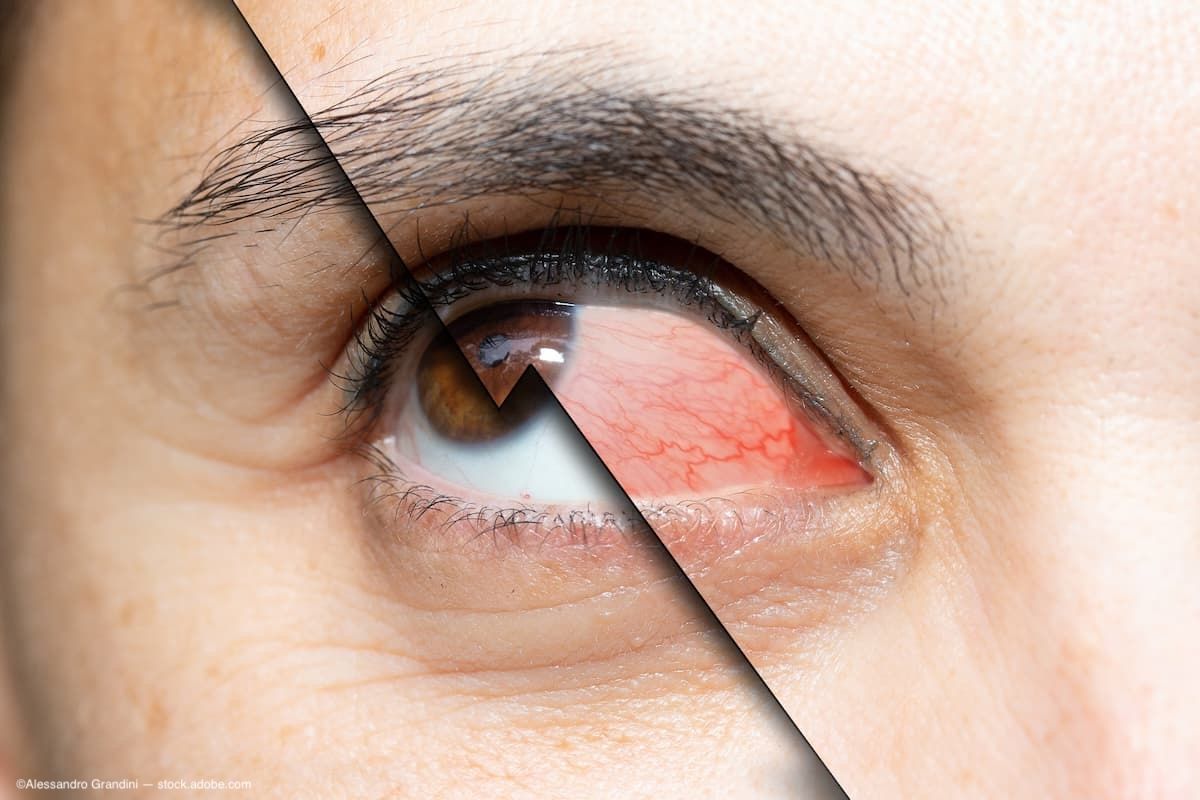Article
Silicon blade prototype promising as disposable surgical tool
San Diego-Results from a series of pilot studies suggest silicon surgical blades may offer a useful disposable alternative to diamond knives, said John Marshall, PhD, at the annual meeting of the American Society of Cataract and Refractive Surgery.
Using an in vitro model of the human cornea they developed, Dr. Marshall and his colleagues, Drs. Romesh Angunawela and Christoph Winkler von Mohrenfels, compared the structure and nature of incisions created with commercially available steel and diamond knives and prototypes of the novel silicon blades. The results of those investigations showed the silicon blades performed favorably with respect to the force required to penetrate tissue, the quality of the incision created, and the strength of the wounds for resisting rupture post-healing.
"These preliminary findings must be interpreted carefully given the pilot nature of the trials and our use of a product prototype. However, if the marketed silicon blade performs as well as this trial model, surgeons can look forward to an alternative that cuts similar to a diamond blade but at a unit cost closer to that of a single-use steel knife," said Dr. Marshall, professor of ophthalmology, Kings College, University of London, England.
"Clearly, however, the cost of that practice is prohibitive when it comes to diamond blades," he said.
Because silicon lies close to carbon in the periodic table, the two elements share many properties when in certain conformations, and so it is not surprising that silicon can be fashioned to create cutting blades that come close to rivaling diamond knives in hardness and sharpness. However, the advantage of the silicon-based blade is that it costs much less to produce.
The studies performed by Dr. Marshall and colleagues to investigate the cutting qualities of the silicon blade were done in a human cornea organ culture model in which the tissue can be maintained in a living state for 4 to 6 weeks. An experiment comparing the force required to create a 3-mm incision showed the greatest force was required when using a steel blade, while the silicon device required much less force, albeit not quite as little as the diamond blade.
Quality of incision edges In a second study, researchers examined the quality of the incision edges created with the three devices. Morphologically, based on examination with scanning electron micros-copy, they found similarities in smoothness when comparing the cut edges created with the silicon and diamond knives. In contrast, steel knives produced the most invasive incisions with significant collateral damage.
"The benefit for the wounds created with the silicon blades may relate to differences in surface quality that result as the blade passes through the tissue. We believe the silicon blade results in microdisplacement within the lamellae that leads to healing in an interlocking pattern, which offers greater tensile strength," Dr. Marshall explained.OT
Newsletter
Don’t miss out—get Ophthalmology Times updates on the latest clinical advancements and expert interviews, straight to your inbox.




